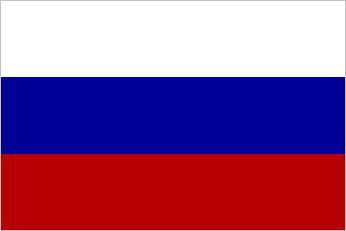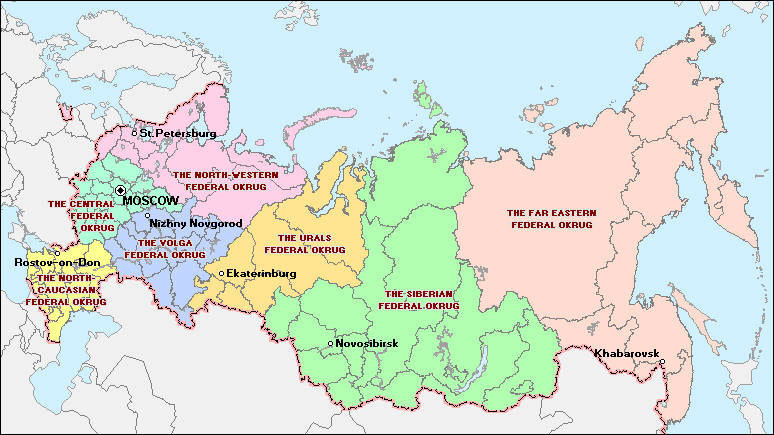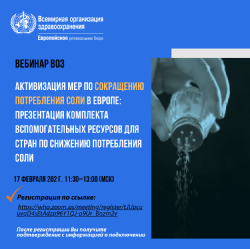Russian Federation
WHO webinar: Accelerating salt reduction in Europe: Launch of a country support package to reduce population salt intake in the WHO European Region
Moscow, Russian Federation
17th February 2021
SCOPE AND PURPOSE
Excessive consumption of salt (more than 5 g per day) raises blood pressure, a major risk factor for cardiovascular diseases such as heart disease and stroke, and the leading cause of death in the WHO European Region. Many countries in the region have initiated national salt reduction strategies, including public awareness campaigns, reformulation, and front of pack nutrition labelling, however, despite on-going efforts, surveillance data indicates that salt intake still far exceeds the limits recommended by WHO to protect health. More concerted efforts are needed to develop effective national salt reduction programmes, conduct high-quality surveillance, and implement the policies and interventions which are known to be effective in reducing population-level salt intake. In response, the WHO Regional Office for Europe, through the WHO European Office for the Prevention and Control of Noncommunicable Diseases in Moscow as part of its mandate to support Member States and provide technical leadership for the prevention and control of noncommunicable diseases (NCDs) in the Region, has produced a country support package that countries throughout the region can use to accelerate existing efforts, as well as to support those countries which have yet to embark on their salt reduction journeys.
The WHO Regional Office for Europe hosted a webinar to present the country support package for salt reduction in preparation for its implementation recently translated for Russian-speaking countries. The primary aim of the webinar was to inform policy makers, researchers, civil society organizations and other stakeholders about the availability of this new package that provides practical guidance to help countries scale-up multi-sectoral action on salt. The webinar described how this new tool can be used to accelerate action to reduce salt consumption and meet global and national NCD targets. The webinar also included discussions with leading experts in population salt reduction to promote implementation of the country package through brief presentations and a Q&A session.
Please view the Programme.
Training for the organization and implementation of a survey using 24-hour urinary sodium excretion methods, based on WHO protocol.
Moscow, Russian Federation
24 – 25 January, 2019
SCOPE AND PURPOSE
- The WHO has issued a guideline on salt intake for adults and children that recommends no more than 5g salt per day and a population-approach to salt reduction. Despite this, salt consumption far exceeds this recommendation in almost all countries, contributing to the secular epidemic of cardiovascular diseases through its effect on blood pressure.
- Cardiovascular diseases are the leading cause of death, disability and premature mortality in the European region, and there is significant potential for health gains from prevention based on reducing population intake of salt.
- Responding to this situation, the WHO, the World Health Assembly, and many countries around the world have independently appraised the scientific evidence of the health benefits and cost savings associated with the implementation of a population-wide moderate reduction in sodium intake. They have agreed on a global target for a 30% reduction in sodium intake by 2025 to be achieved through comprehensive salt reduction strategies. Reducing population salt consumption is currently considered as a WHO “best buy” policy.
- Monitoring of population salt intake, sources of salt in the diet, and consumer knowledge, attitudes and behaviors relating to salt, is critical to inform the development of comprehensive salt reduction strategies. As a result WHO recommends countries conduct salt intake surveys and provides guidance on the best methods to use to estimate the intakes of sodium (Na) by measuring urinary excretion. Specifically, WHO recommends the use of 24-hour measurement. The primary aims of such studies are to estimate the average intake of dietary salt in men and women.
- The purpose of the meeting is to provide training and assistance to countries in the design and implementation of the study, notably aspects relating to the selected methods, key steps in the protocol, sampling and recruitment, quality control and resources required. Further, a plan for analysis of the findings will be discussed.
Please view the Programme.



